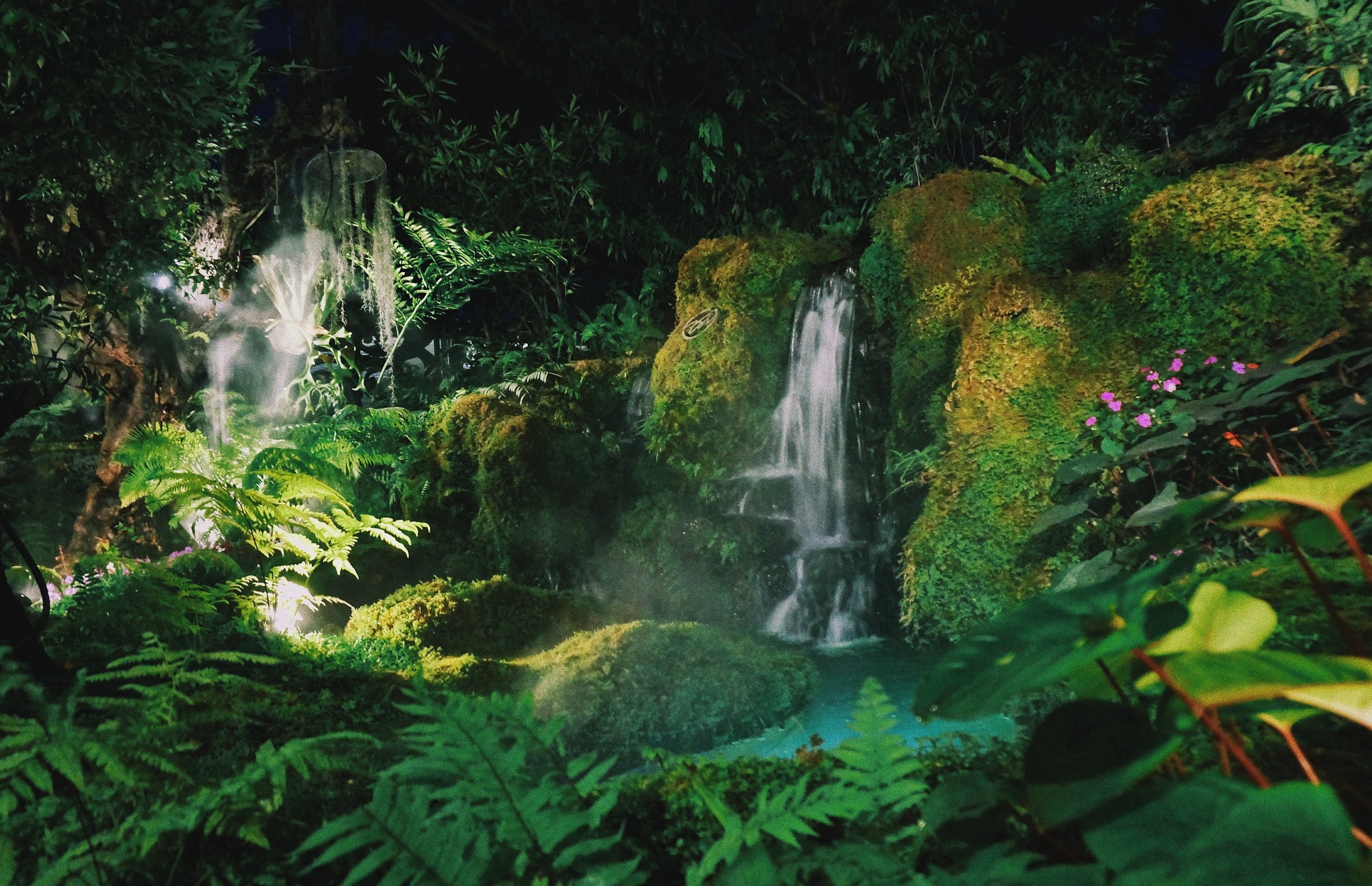
Water is Vital.
-

Terra chunk
$129
-

Naranja heel
$165
-

Chiquita heel
$120

Water is Life.
Twenty years ago, a 20-year-old woman lost her two-year battle to beat the corrosive effects of kidney failure. At the time hers was just is one of 400 cases. Case numbers rose as various water supplies in dozens of communities contained dangerous levels of arsenic. This was a troubling sign of a mounting public health crisis that in 2022 causes many to sicken from water contamination in urban centers across Central America.
Some who fell ill and died bore the marking of their contamination for all to see on their body.
A young boy named Jose vividly remembers getting up before dawn every day and walking with her children in the dark to collect water.
The nearest water source to her rural village in the mountains of is two miles away. The nighttime trek was fraught with perils, and the water brought diarrheal diseases that ravaged the most vulnerable members of the community, its children.
One of the biggest sources of pollution comes from the use of pesticides in agriculture, especially in Costa Rica. These pesticides contain nitrogen and phosphorus, which is not meant to be consumed by humans. Undeveloped lands have been converted into farmlands, where farmers that work for big companies use pesticides to prevent their crops from being consumed by bugs. However, some of the chemicals find their way into rivers and other sources of water.
There are also new pollutants that are starting to gain more attention, which are known as micro-pollutants, or EP. These pollutants can be either synthetic or natural chemicals, and can be found in a variety of sources and items that are used in daily life. These items can have adverse effects and may be harmful to human health. Most of these contaminants were found in the drinking water supply in many other Central American different countries.
Although Latin America only accounts for 8% of the world’s total population, millions of people, over 36 million, continue to live without clean drinking water on a daily basis today.







